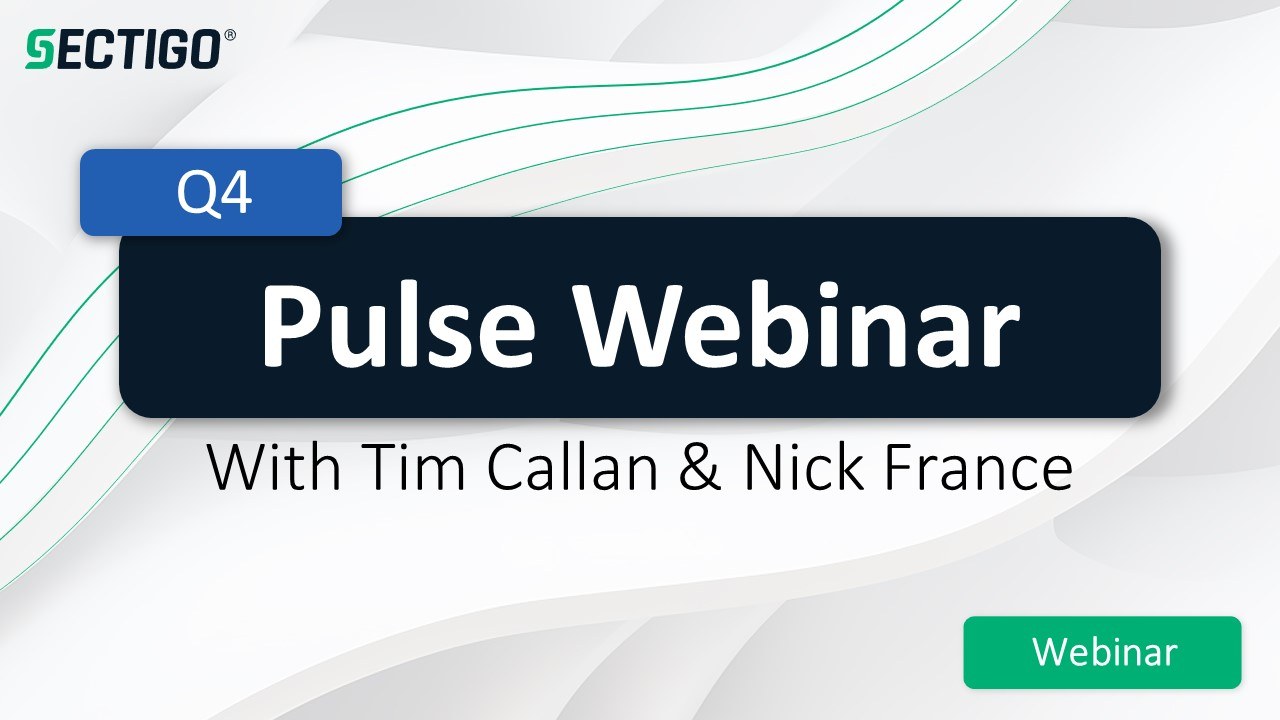-
Learn More
Domain Control Validation (DCV) Methods & How to Choose
Blog Post from Sectigo
 Blog Post Nov 13, 2023
Blog Post Nov 13, 2023Secure Sockets Layer/Transport Layer Security (SSL / TLS) certificates are the gold standard in securing online data exchange. But how can you be sure that the website you share your sensitive information with is indeed who they say they are?
-
Listen Now

EPISODE 341
Broadcast Date:
November 13, 202319 minutes
 Podcast Nov 13, 2023
Podcast Nov 13, 2023Root Causes 341: The Trouble with Security Questionnaires
The practice of sending security questionnaires to technology vendors is exploding, and with it dysfunctional behavior is on the rise.
-
Learn More
Top 8 Weaknesses in Multi-Factor Authentication (MFA)
Blog Post from Sectigo
 Blog Post Nov 10, 2023
Blog Post Nov 10, 2023Multi-factor Authentication (MFA) is a security principle that requires multiple authentication factors before granting users access to a system. For example, a user may have to submit a username, a password, and a security code texted to their phone before they can connect to a web application.
-
Learn More
What is crypto-agility and how to achieve it
Blog Post from Sectigo
 Blog Post Nov 09, 2023
Blog Post Nov 09, 2023Today's organizations must achieve crypto-agility, which enables them to switch out cryptographic components whenever necessary instead of being locked into a specific cryptographic method.
This article explores what crypto-agility entails, why it's important, how it supports cybersecurity, and how to achieve crypto-agility. Plus, we'll discuss where certificate agility fits in and how you can protect your organizations against threats from quantum computing, which may soon make current cryptographic components ineffective.
-
Listen Now

EPISODE 340
Broadcast Date:
November 6, 202314 minutes
 Podcast Nov 06, 2023
Podcast Nov 06, 2023Root Causes 340: Is This Podcast Canadian Enough?
Canada's Online Streaming Act will require internet content providers to provide a minimum percentage of content produced by Canadians or face fines.
-
Listen Now

EPISODE 339
Broadcast Date:
October 31, 202311 minutes
 Podcast Oct 31, 2023
Podcast Oct 31, 2023Root Causes 339: The ROI of CLM
In this episode we describe at a high level how to calculate the TCO of CLM as opposed to manual installation and management of certificates.
-
Listen Now

EPISODE 338
Broadcast Date:
October 23, 202319 minutes
 Podcast Oct 23, 2023
Podcast Oct 23, 2023Root Causes 338: CLM and Your Career as an IT Professional
In this follow up to our episode on CLM and the IT skills gap, we now discuss how CLM matters to individual IT professionals' careers and work life.
-
Learn More
The Difference Between “Secure” and “Safe” Is Bigger Than You Might Think
Blog Post from Sectigo
 Blog Post Oct 12, 2023
Blog Post Oct 12, 2023Most of the time, the terms “secure” and “safe” can be used interchangeably. You’re never going to get hung up on whether a bank tells you’re your money is “secure” or “safe” within its vault. But when it comes to your personal information on the internet, understanding the distinction between those two words can mean the difference between effectively protecting yourself and having your identity compromised.
-
Watch Now

60 minutes
Webinar Oct 12, 2023Q4 2023 Pulse Webinar
Join us for our quarterly Pulse webinar, where we'll cover the latest product and compliance news and how these events might impact you and your business.
-
Listen Now

EPISODE 337
Broadcast Date:
October 10, 202320 minutes
 Podcast Oct 10, 2023
Podcast Oct 10, 2023Root Causes 337: CLM and the IT Skills Gap
In this episode we discuss how Certificate Lifecycle Management and certificate automation can help mitigate the challenges posed by the IT skills gap.
-
Learn More
Certificate Authorities: What They Are & Why They’re Important
Blog Post from Sectigo
 Blog Post Oct 03, 2023
Blog Post Oct 03, 2023CAs are trusted organizations that store, sign and issue SSL certificates for websites. Learn more about how Certificate Authorities work with Sectigo.
-
Learn More
Elliptic Curve Cryptography Explained
Blog Post from Sectigo
 Blog Post Oct 03, 2023
Blog Post Oct 03, 2023Public key infrastructure (PKI) relies on two different cryptographic keys, a public key and a private key, to encrypt and decrypt data. These complex algorithms use mathematical formulas to generate digital certificates with unique digital identities to secure information.



